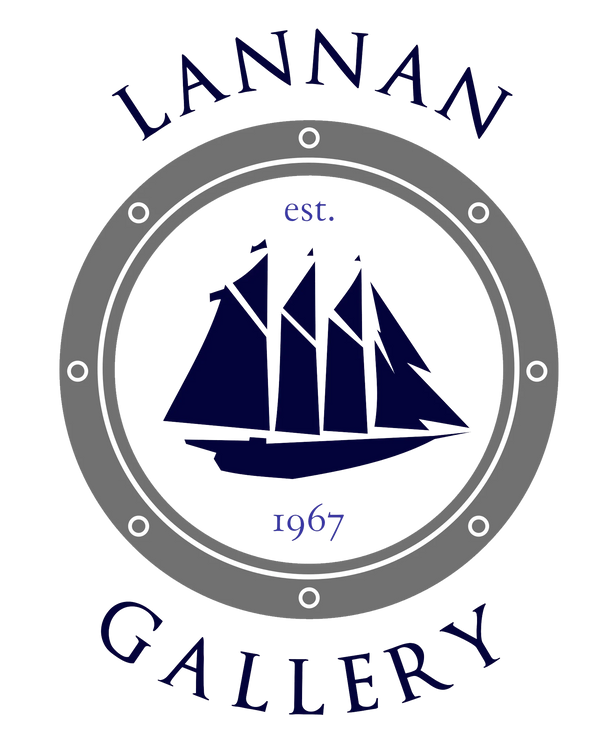The Box Compass
A true mariner's compass that has been used as the main compass on a ship, boat or yacht would be housed in a box or binnacle housing. While hand held compasses were certainly useful, the main compass for seafaring navigation would be in some kind of metal housing or a wooden box.
Why a boxed compass? They make great nautical gifts for display on a table or desk and the box has ample room for a beautiful engraved dedication.
Some say England, some say China but the whereabouts as to the invention and to whom the credit should be applied is up for debate.
The compass box is generally made of wood and square containing within it a circular brass box, suspended on gimbals and in this is the compass card.
Many nautical instrument makers produced boxed compasses; Merrill, Dirigo, Negus, Ritchie all produced compasses with their name stamped directly onto the card.
Size, wood varnish, compass card details, gimbal material - the variety of characteristics of the compasses we sell at the Lannan Gallery is vast. Some cards are dry and others are liquid filled compass cards, patented by Francis Crow in 1813 and improved upon by E.S. Ritchie, that provided a far steadier reading than the dry cards.
Researched & Compiled by Susan Donnelly
